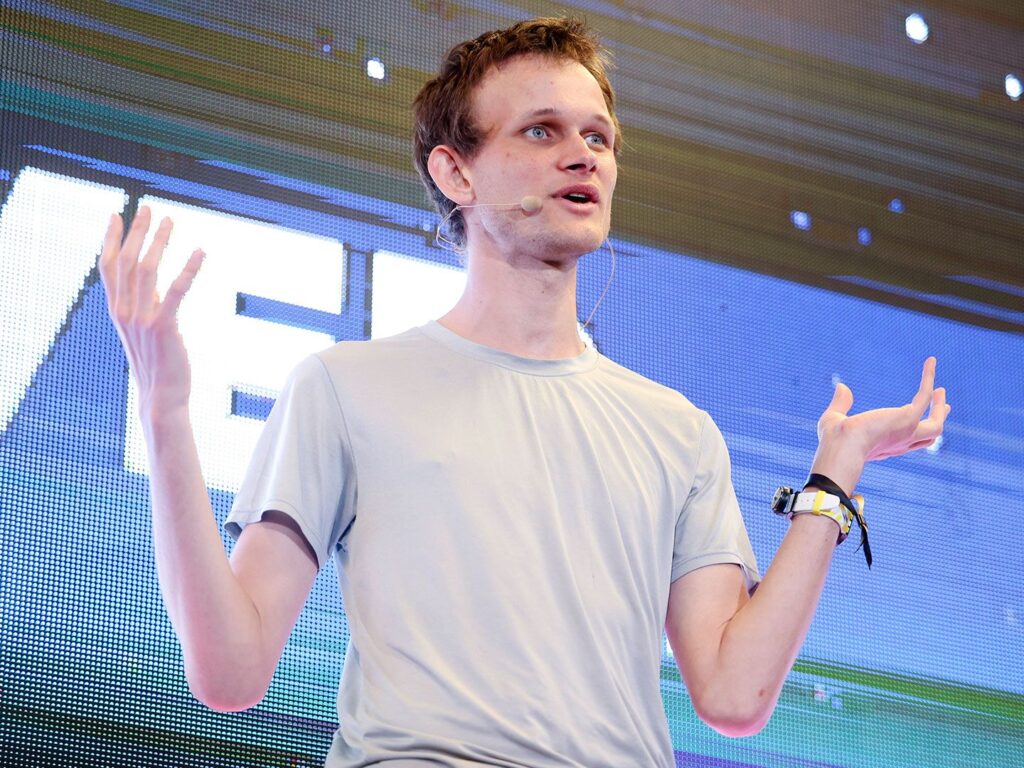Introducing Hoodi
Ethereum has recently launched a new test network named Hoodi, marking a significant step forward in its development. This new testnet will be utilized to facilitate the upcoming Pectra upgrade, which is slated to enhance the Ethereum blockchain’s functionality and user experience.
Timeline for the Pectra Upgrade
The Pectra upgrade is scheduled to go live on Hoodi on March 26. If the testing phase proceeds without any major issues, the upgrade will be rolled out to Ethereum’s mainnet approximately 30 days later, according to the core developers of the network. This timeline emphasizes the importance of thorough testing before introducing changes to the main Ethereum platform.
Why Hoodi Was Created
The creation of Hoodi was prompted by the challenges faced during previous tests on other Ethereum testnets, namely Holesky and Sepolia. Both of these networks encountered issues that prevented them from finalizing properly, primarily due to configuration problems. As a result, the developers opted to establish Hoodi as a reliable platform for testing the Pectra upgrade.
The Role of Testnets in Ethereum Development
Test networks like Holesky, Sepolia, and Hoodi serve a vital purpose in the Ethereum ecosystem. They replicate the main Ethereum network environment, allowing developers to test code modifications or major upgrades in a low-risk setting before deployment on the mainnet. This approach ensures that any potential issues are identified and resolved ahead of time, safeguarding the Ethereum community from unexpected complications.
A Closer Look at Hoodi
Hoodi is designed to closely resemble Ethereum’s mainnet, featuring the same number of validators. This configuration allows developers, especially those involved in staking pools and node operations, to thoroughly evaluate their infrastructure’s performance and reliability. Parithosh Jayanthi, an Ethereum core developer, emphasized the significance of Hoodi during a recent meeting, highlighting its role as a testing ground for essential network components.
Differences Between Testnets
While Hoodi was created specifically to test the Pectra upgrade, Holesky and Sepolia serve different purposes. Holesky boasts a larger validator set than Ethereum’s mainnet, aiming to address scalability challenges. In contrast, Sepolia is a closed network tailored exclusively for developers to test applications without external interference.
What’s New in the Pectra Upgrade
The Pectra upgrade encompasses a collection of enhancements aimed at making Ethereum more accessible and efficient for both developers and end-users. One of the most significant changes is the introduction of new “smart contract” functionalities, which could enable wallets to facilitate gas fee payments in various cryptocurrencies beyond ether (ETH). This innovation is expected to broaden the usability of Ethereum and improve the overall user experience.
In summary, the launch of Hoodi represents a pivotal moment in Ethereum’s evolution, providing a dedicated platform for testing crucial upgrades like Pectra. As the Ethereum community anticipates the rollout of these enhancements, the focus on thorough testing underscores the commitment to maintaining a robust and efficient blockchain ecosystem.



